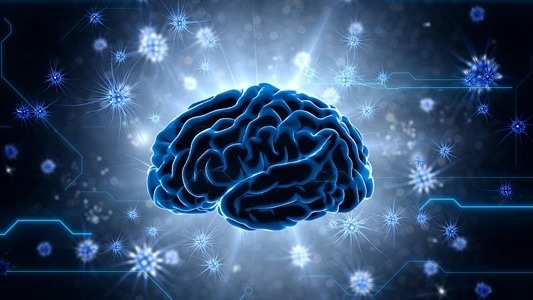
Image Credit: University of Glasgow
Deep neural networks, or DNNs, are used by researchers to simulate information processing and examine how closely this processing resembles that of humans.
While DNNs have gained popularity as a tool to simulate brain functions, particularly the ability to visually recognize objects, the methods by which DNNs accomplish this might vary considerably.
The School of Psychology and Neuroscience at the University of Glasgow has recently published new research in the journal Trends in Cognitive Sciences that takes a new approach to understanding whether the human brain and its DNN models recognize things similarly, using similar steps of computation.
While deep neural network technology is already employed in successful applications such as face recognition, scientists still do not fully comprehend how these networks function.
This opinion piece presents a new strategy for improving our comprehension of how the process operates: first, researchers must demonstrate that the brain and DNNs recognize the same objects, such as faces, using the same face features; and second, the brain and DNNs must process these features in the same manner, using the same steps of computations.
This new work will be another step toward developing more precise and dependable AI technology to process information as human brains do. Knowing whether the process of machine learning resembles how humans process information is a current challenge in accurate AI development.
Having a better understanding of whether the human brain and its DNN models recognize things the same way would allow for more accurate real-world applications using DNNs. If we have a greater understanding of the mechanisms of recognition in human brains, we can then transfer that knowledge to DNNs, which in turn will help improve the way DNNs are used in applications such as facial recognition, where there are currently not always accurate.
Philippe Schyns, Dean, Research Technology, University of Glasgow
Schyns added, “Creating human-like AI is about more than mimicking human behavior—technology must also be able to process information, or ‘think’, like or better than humans if it is to be fully relied upon. We want to make sure AI models are using the same process to recognize things as a human would, so we don’t just have the illusion that the system is working.”
Engineering and Physical Sciences Research Council and Wellcome supported the study.
Journal Reference:
Schyns, P. G., et al. (2022) Degrees of algorithmic equivalence between the brain and its DNN models. Trends in Cognitive Sciences. doi:10.1016/j.tics.2022.09.003.